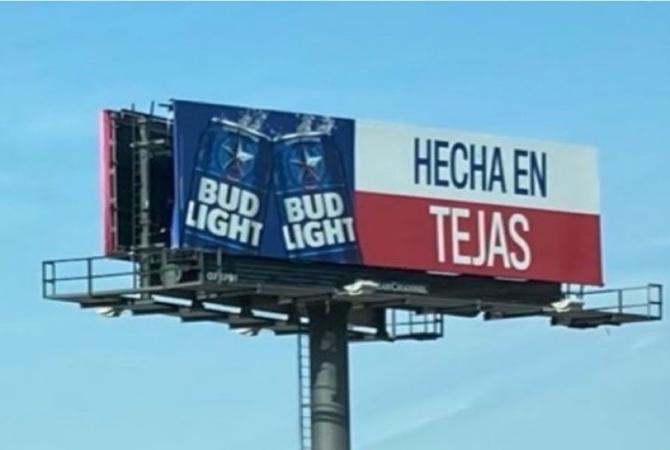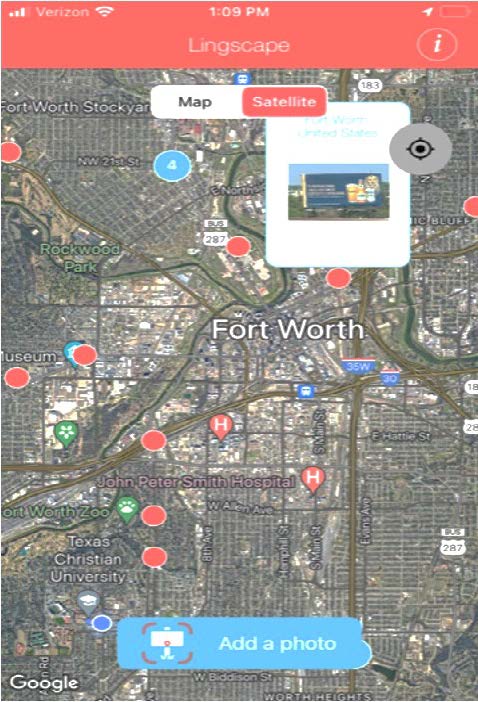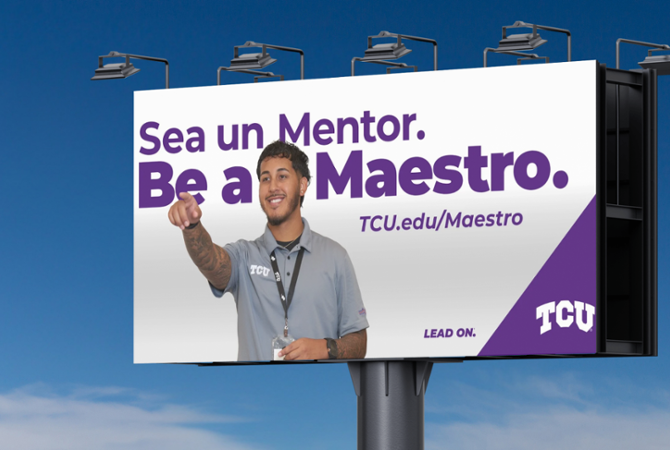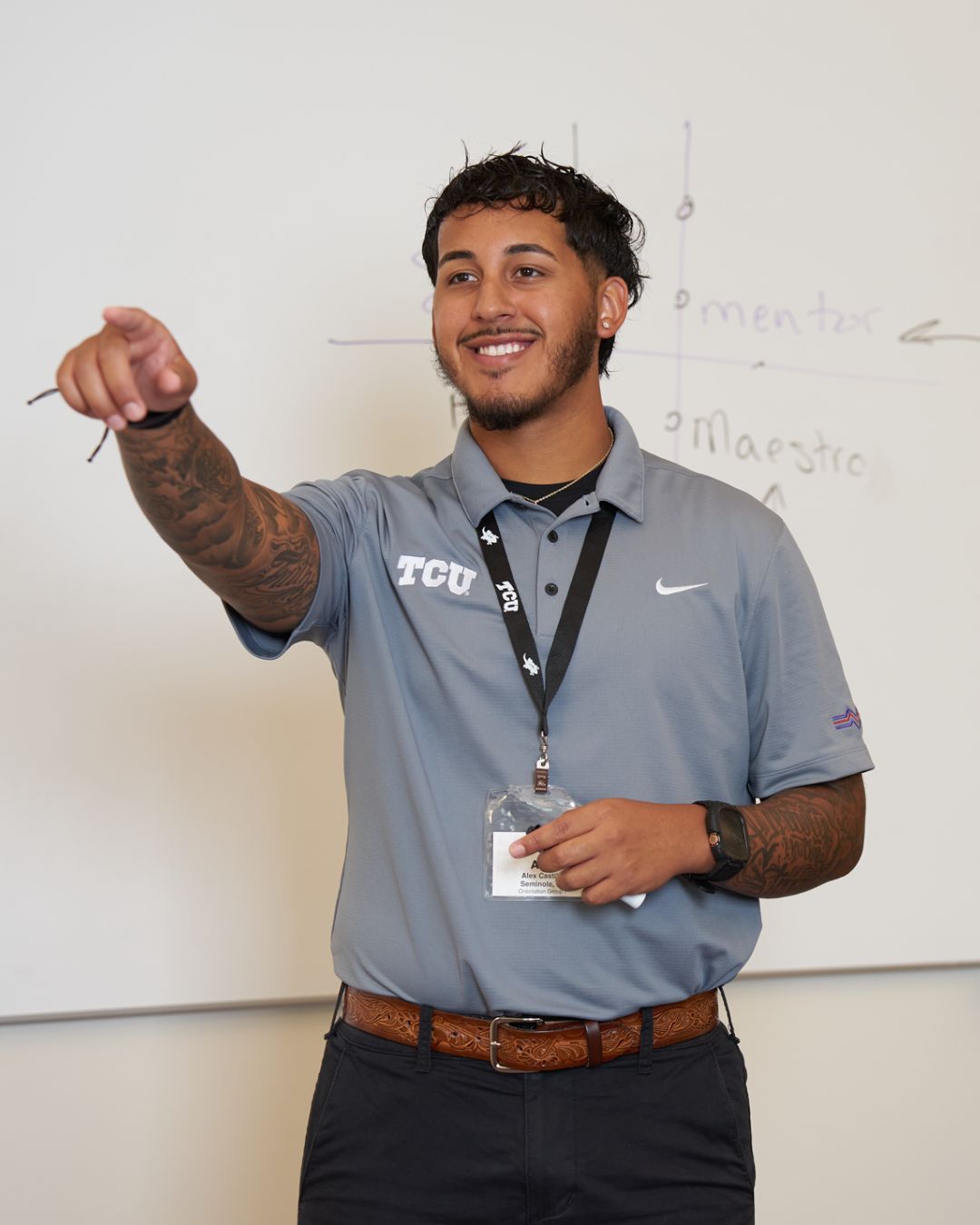
Fort Worth, Texas—home to a thriving Hispanic community comprising 35% of the population—is a linguistically rich city. However, a study by Steve Przymus and Melissa Mendoza, assistant professor, reveals a surprising disparity: only 0.06 percent of Fort Worth’s 1,044 billboards featured Spanish text. Of those, more than half were advertising alcohol-related products.
Their study, Easy de Traducir: Geomapping Spanish Language Billboards Across Fort Worth, Texas, investigates the prevalence and themes of Spanish-language billboards in Fort Worth, providing insights into language ideologies, representation and cultural implications.
The Role of Language in Public Spaces

TCU researchers believe this thematic imbalance contrasts starkly with the diverse contributions of Fort Worth’s Hispanic residents and raises questions about how public language use influences societal perceptions.
Using the geomapping app Lingscape, researchers documented 63 Spanish-language billboards during a one-year period. These advertisements frequently employed Spanglish phrases like "easy de beber" (easy to drink) and "we say 'salud!'."
While such language may resonate with bilingual audiences, scholars argue the dominance of alcohol-related themes risks perpetuating deficit-based narratives about Spanish-speaking communities.
Inspiring Change: Alex Castillo’s Journey and the Maestro Billboard Campaign
In response to these findings, TCU’s College of Education launched the Maestro billboard campaign in fall 2024. Funded by a Fort Worth Education Partnership grant, the campaign aims to inspire Latino men to pursue teaching careers, promoting a positive narrative around Spanish-language representation.

The campaign features Maestro Program participant Alex Castillo '26 confidently posed as a teacher with the message: Sea un Mentor. Be a Maestro. This bilingual phrase embraces translanguaging—the practice of using multiple languages to communicate and learn—to reflect the lived experiences of many Spanish-speaking and bilingual individuals.
The campaign aims to provide a counter-narrative to the deficit-based representations identified in Przymus and Mendoza’s research, offering an inspirational and empowering vision of what Spanish-language representation can achieve.

For Castillo, the campaign is personal. "Growing up, my father worked tirelessly in the oil fields of West Texas, often away from home for weeks at a time," Castillo shared. "While his absence was difficult, it allowed my mother to become my greatest influence and support. She taught me resilience and love, and those lessons inspired me to become a role model for others."
Strategically placed in six areas with high Spanish-speaking populations, such as Rosedale Street and Berry Street, the campaign encourages mentorship while showcasing the strength and potential of diverse cultural identities.
Inclusive Excellence, Community Impact
Przymus emphasizes that public signage not only informs but also shapes how people perceive languages and their speakers. "When Spanish is predominantly associated with themes of vice, it risks reinforcing harmful stereotypes, especially for youth," he noted.
The Sea un Mentor. Be a Maestro. campaign provides a counter-narrative, demonstrating how public spaces can uplift communities and inspire change. Przymus and Mendoza’s work uses geomapping technology and critical analysis to explore the impact of language representation in public spaces, highlighting the need for equity and inclusivity.
For Castillo, the campaign represents a personal mission. "These billboards show what’s possible when we use public spaces to uplift communities," he said. "It’s about showing young people that their language and culture are strengths they can bring into the classroom and beyond."
Explore the full research article, Easy de Traducir: Geomapping Spanish Language Billboards Across Fort Worth, Texas, in the Bilingual Review Journal.